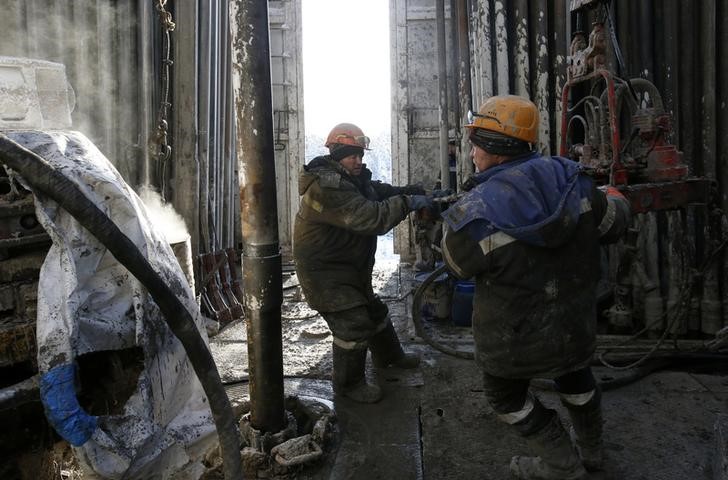Quiver Quantitative - Oil prices (USO (NYSE:USO)) rebounded on Wednesday after government data revealed a decline in U.S. stockpiles, signaling a tighter physical market. West Texas Intermediate (WTI) settled near $79 a barrel after crude oil inventories fell by 1.36 million barrels, according to the Energy Information Administration (EIA). The report was taken as a bullish indicator amidst bearish technical trends, prompting traders to cover short positions.
Earlier in the session, WTI had touched its lowest level since mid-March. The recent downtrend, which led to losses in three of the past four weeks, was fueled by diminishing geopolitical tensions in the Middle East, shifting traders' focus to a cooling market. This trend was evident in timespreads and processing margins, and the American Petroleum Institute (API) had estimated a stockpile gain earlier in the week.
Market Overview: -Oil prices rebound after a downward trend, buoyed by a decline in US crude oil stockpiles.
Key Points: -The Energy Information Administration report shows a 1.36 million barrel decrease, offering a bullish signal after weeks of bearish technicals. -WTI futures recover from a mid-March low, countering earlier estimates of inventory growth. -A stronger dollar and a breach of the 100-day moving average remain headwinds for oil prices.
Looking Ahead: -The inventory decline suggests a tightening market, potentially reversing the recent downtrend. -OPEC's upcoming meeting in June will be crucial for determining production policy and its impact on prices. -Continued dollar strength and technical factors could still hinder a sustained oil price recovery.
"The EIA's more reliable crude oil storage numbers countered the API's steep build, which is tripping some shorts into covering positions that were sold in late yesterday's and this morning's trade," said Dennis Kissler, Senior Vice President for trading at BOK Financial Securities (BOKF).
A stronger dollar is also impacting oil prices as it makes the commodity more expensive for international investors. The Organization of the Petroleum Exporting Countries (OPEC) is set to meet next month to assess supply policy after implementing production cuts in the first half of the year. According to a Bloomberg survey, most traders expect that the curbs will be extended, possibly through the end of the year.
This article was originally published on Quiver Quantitative
